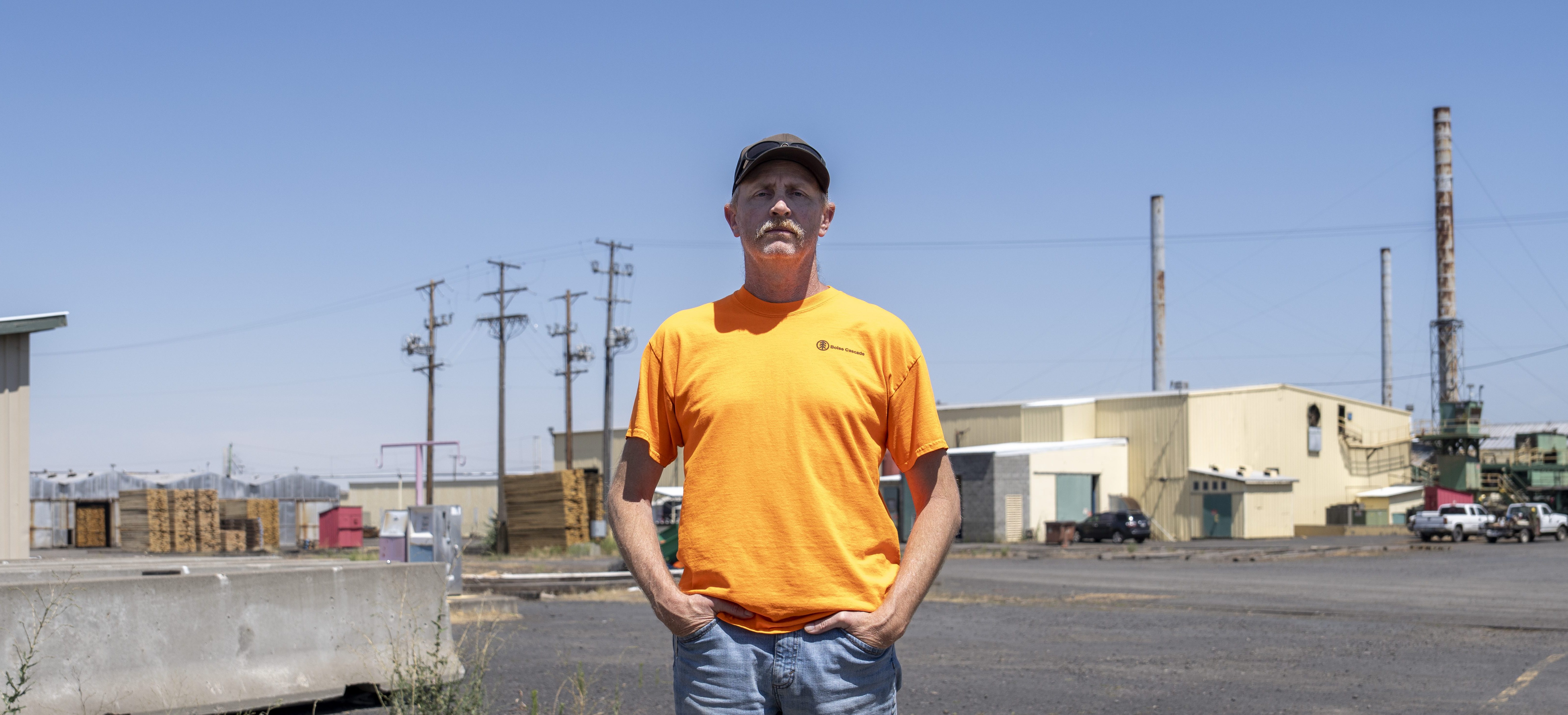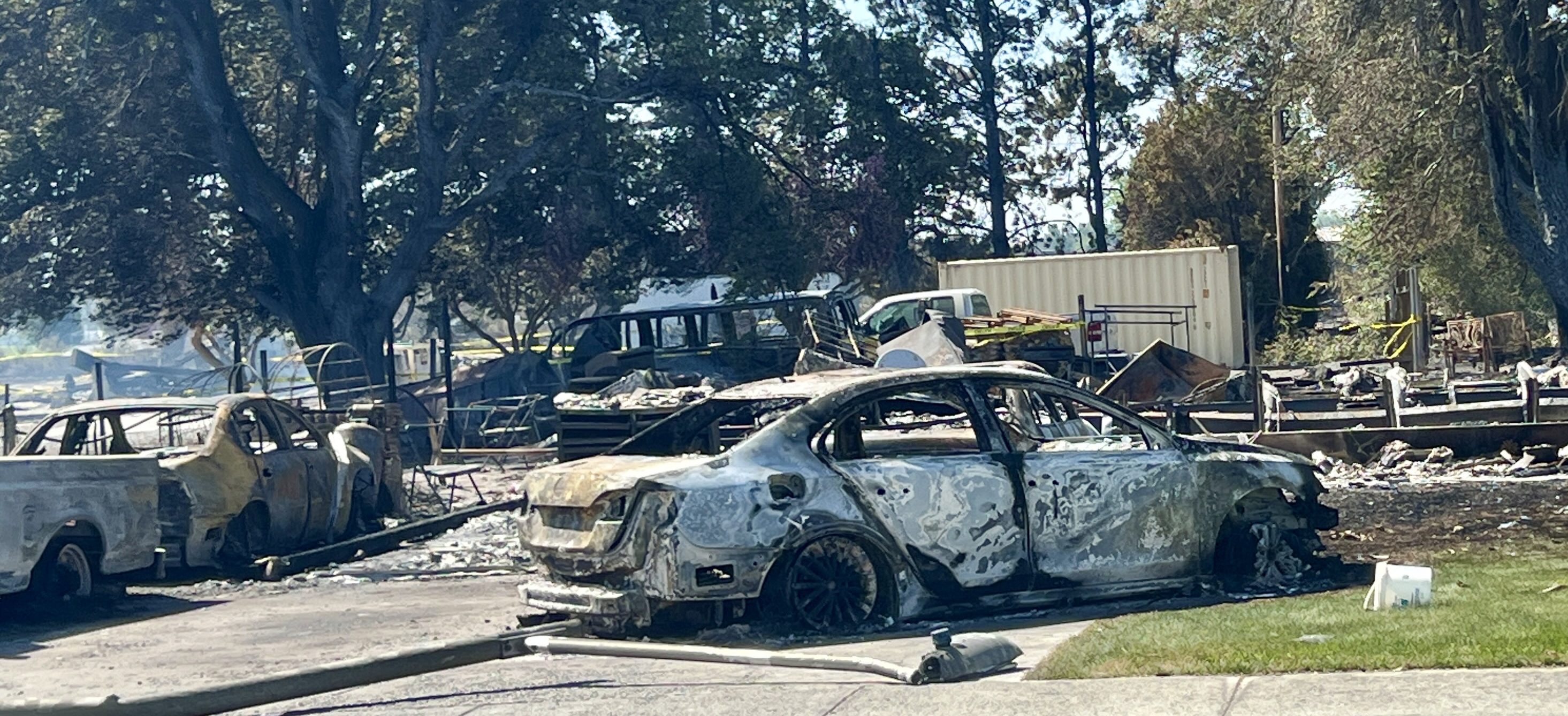‘This has been a terrible day’
Published 12:30 am Thursday, December 8, 2022

- Chelsea Vaughn
ASTORIA — The fire that decimated Astoria’s downtown on Dec. 8, 1922, burning up more than 30 city blocks, destroying nearly 300 businesses, and leaving more than 2,000 people homeless, stands as one of the more important events in the town’s history.
More than just the sheer destruction of the occasion, the context in which it occurred and the rebuilding in its aftermath also mark the fire’s importance. The fire spread uncontrollably through the system of wooden viaducts beneath the city streets, torching the wooden structures built in the century prior and burning many of the newer, supposedly fireproof, buildings from the inside out — all potential hazards that longtime Fire Chief Ed Foster had repeatedly warned against.
Trending
Foster, a Catholic, would soon be dismissed from his position by the city leadership who, backed by the Ku Klux Klan, fired everyone who was not both white and Protestant. This City Council had been elected just a month prior to the fire, but would not take office until after the new year.
While representing a particularly dark moment in Astoria’s history, the fire’s aftermath also provides examples of Astorians at their best. Overwhelmingly, the city came together in the immediate to support those who had lost everything and over the next few years to rapidly rebuild.
As curator for the Clatsop County Historical Society, there was never a question that we would commemorate the fire’s centennial — so much so, that it was in our upcoming exhibit calendar by 2019, with the show, “This Has Been a Terrible Day” The Great Astoria Fire of 1922, opening at the Heritage Museum earlier this year.
While the need to create such an exhibit was long obvious, less so were the challenges in creating it. Certainly, something with such a large footprint upon the town’s history, that did so much to shape our modern landscape, and that is so well documented through post-fire photography and witness recollections would be equally easy to document within a museum display.
This proved decidedly to not be the case. Gathering every piece in our collection related to the 1922 fire — and this is a collection that includes the entire contents of the Uppertown Firefighters Museum — failed to fill a single bankers box. Contemplating this paltry offering, the reason that we had so few actual remnants of the 1922 fire quickly became clear. The objects, like the buildings that housed them, had all burned. Left was a selection of charred ceramics, fused glass and melted pennies that had, over the years, found their way to the Historical Society.
Without many items to build an exhibit upon, we instead turned to the stories — those experiences of the people who lived through the event. Overwhelmingly, what they told of was chaos. True, there are the accounts of the town coming together, neighbor helping neighbor, but also true was the rampant looting.
Trending
Fire survivor Walter Mattila later made a joke of this, noting the attempts of local lawyers to save their libraries by throwing the books out of windows to the street below, “ … people laughed. The world could get along without law books. Looters ignored the volumes.”
More seriously, Margaret Waisanen recalled on the 75th anniversary of the fire how, amid her mother’s attempt to save the possessions from the small apartment shared by Waisanen, her mother and her younger sister, looters stole everything, including, for a time, her sister. According to Waisanen, “We found my sister, but nothing else. Everything was gone. The looters had taken it all. We had on only our nightgowns, coats and slippers.”
Beyond the looting, there was the chaos of the fire itself. It burned over several hours, seemingly from different directions, filling the night with smoke and the sounds of gunfire as the heat detonated the ammunition sold in the downtown sporting goods stores. Recent veterans of World War I compared the experience of being in the fire to that of the European battlefields.
Both business owners and apartment dwellers downtown — many of them without adequate insurance —would, like Waisanen’s mother, enter this chaos in an attempt to salvage what they could ahead of the flames. Repeatedly, people would move their belongings to what they thought was a safe distance from the fire, only to move their items a second or third time, many eventually abandoning their possessions to the encroaching flames. According to one observer, following the fire, “The streets everywhere for blocks outside the burned area (were) lined with furniture, mattresses and personal effects.”
In the exhibit, we recreated this chaos through what we came to call the “pile o’ stuff.” Here were items you may have found littering the city streets in the fire’s aftermath or, depending upon your personal proximity to the fire, may have had to decide to save or to abandon.
While some attempted to move the entire contents of their apartment or business to the street, many chose only to gather those items most precious to them, and still others barely escaped with the clothes on their backs. A sign asks visitors to “This Has Been a Terrible Day” as they approach the pile o’ stuff what, given the conditions of the fire, they might choose to save.
Looking at this selection of objects from the early 1920s, the value of many of these pieces may not be apparent to the contemporary eye. A dress form and sewing machine, for example, may not seem the most obvious choice of items to risk your life for, yet these would be essential to anyone who supported their family as a seamstress or dressmaker.
Even during the fire, however, some of the attempts to salvage possessions struck observers as unnecessary. As longtime Astorian Ruth Maki recalled thinking upon watching someone push a piano to safety, “How ridiculous.”









